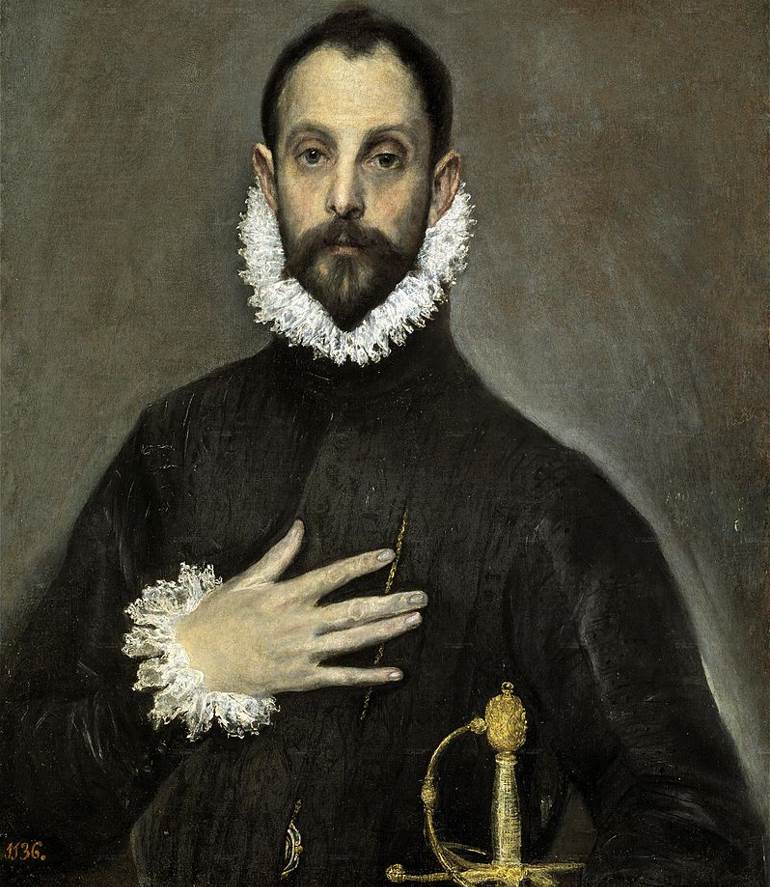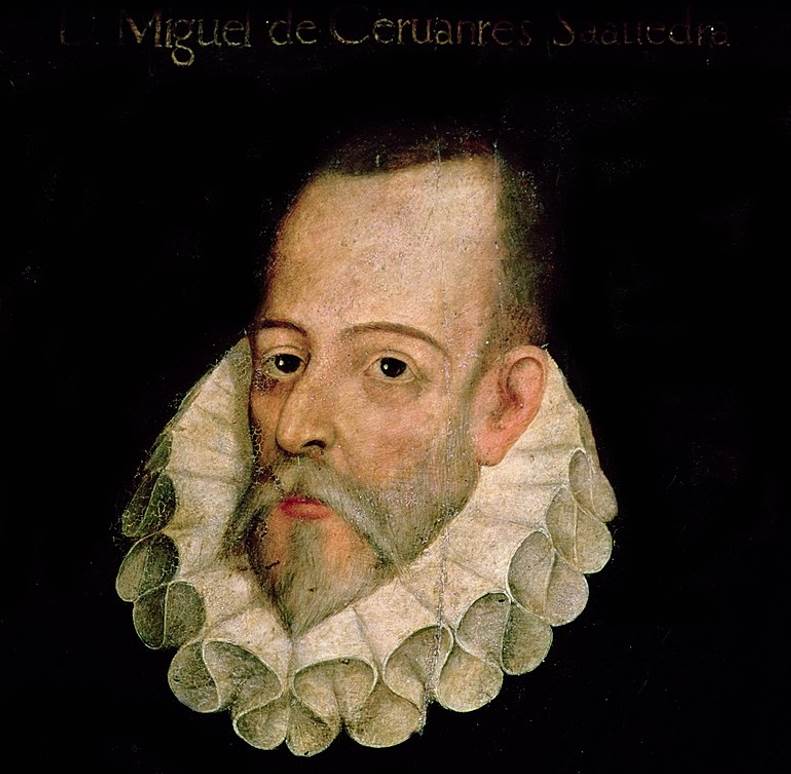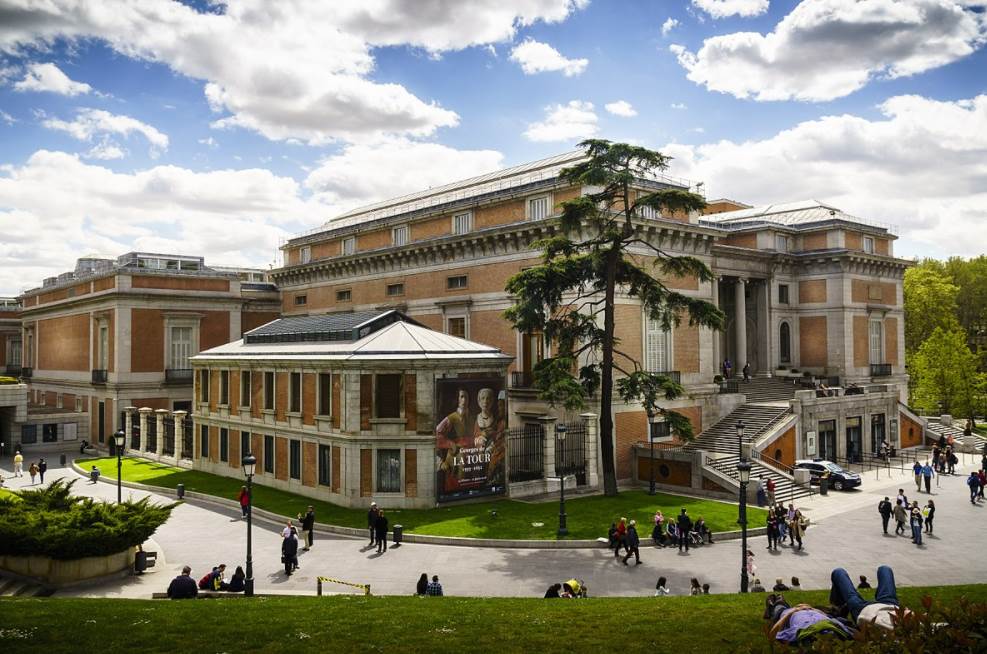Some of the most intriguing works of art are portraits of whom the identity of the depicted subject is unknown. Domḗnikos Theotokópoulos (1541-1614), a Mannerist artist better known by his nickname “El Greco,” painted several portraits that fit this description.
Let’s take a closer look at some of the most interesting facts about “The Nobleman with his Hand on his Chest,” One of the most mysterious El Greco paintings.
1. It’s one of the first paintings that El Greco produced in Spain
El Greco was a painter born in the Kingdom of Candia, modern-day Crete in Greece. The young painter made a name for himself in his home country and since Candia was a part of the Republic of Venice at the time, he moved to Venice around 1567.
Here he could study the works of the most famous artists of the Venetian School, including the incredible number of paintings by Titian that could be found in buildings all around the city.
After living in Rome between 1570 and 1577, he decided to move to Spain to attempt to become a painter at the Spanish court. This didn’t work out as planned so he ended up settling in Toledo, an important city in Spain at the time.
The Nobleman with his Hand on his Chest was produced around 1580 and was one of the first portraits he created after moving to Toledo. He eventually spent the rest of his life in this city, producing numerous masterpieces in the process.

2. It’s one of multiple similar portraits painted by the artist
The artist already secured several large commissions after he arrived in Toledo. These were commissioned to decorate the church of Santo Domingo el Antiguo in the city and included “The Assumption of the Virgin” and “The Disrobing of Christ,” both completed in 1579.
After making a name for himself in Toledo with these famous paintings, he never had a problem earning commissions anymore, including secular commissions such as this portrait. This was the main reason why he never left the city.
3. The identity of the sitter remains unknown until today
The painting is commonly referred to as “The Nobleman with his Hand on his Chest” but is also known by alternative names such as:
- The Gentleman with His Hand at His Breast
- The gentleman with his Hand on his Chest
- El Caballero de la Mano en el Pecho (Spanish name of the painting)
Although it’s clear that it depicts a gentleman aged around 30, nobody knows who the identity of the depicted man is. What’s even more remarkable is that the identity of 6 depicted gentlemen in paintings once owned by the Duke of Arco in the early 18th century is unknown as well.

4. Is it possible that the portrait depicts the artist himself?
The man holds his hand on his chest which has led some art historians to assume that it might be a self-portrait of El Greco. This gesture would then translate to a form of self-affirmation.
After all, the artist already completed several monumental works of art in the relatively small city of Toledo which would have brought him some celebrity status.
Although there is some likeness to the confirmed self-portrait of the artist at a much older age, this theory remains unlikely to be true.

The sitter is depicted in traditional aristocratic Spanish clothes of the late 16th century. This can also be seen in the realistic depiction of the people depicted in El Greco’s celebrated work called “The Burial of the Count of Orgaz” (1586-1588).
Some historians have suggested that the sitter might have been Miguel de Cervantes (1547-1616), a Spanish writer who lost his left arm during the Battle of Lepanto in the year 1571.
This man is believed to have been depicted in 1600 as well by Juan de Jáuregui, wearing the same style of clothes. He referred to this portrait in his most famous work, “Don Quijote de la Mancha” (1605).

6. The most convincing suggestion was an important figure in Toledo
A man named Juan de Silva y de Ribera, Third Marquis of Montemayor, was appointed as the military leader of the Alcázar of Toledo around the time that this painting was produced.
He was awarded this position by King Philip II and he was the secretary of the Spanish court as well. Yes, this was an important man in Toledo back then.
This means that it’s likely he commissioned this painting in honor of this great promotion. The hand on his chest could then be seen as a reference to the oath he made to the king.

7. How big is The Nobleman with his Hand on his Chest?
The portraits painted by El Greco weren’t nearly as big as the monumental altarpieces and paintings he produced to decorate the churches in Toledo.
This oil on canvas painting is relatively small and has dimensions of 81.8 × 65.8 centimeters (32.2 × 25.9 inches).
8. Where is the painting located today?
Since the identity of the sitter remains unknown, we also know nothing about the original commission. The painting first emerged when it was listed in an inventory of the Collection of Felipe V, Quinta of the Duke of Arco, in 1745.
Today, the painting can be admired along with 6 other portraits of unidentified people at the Prado Museum in Madrid, Spain.



